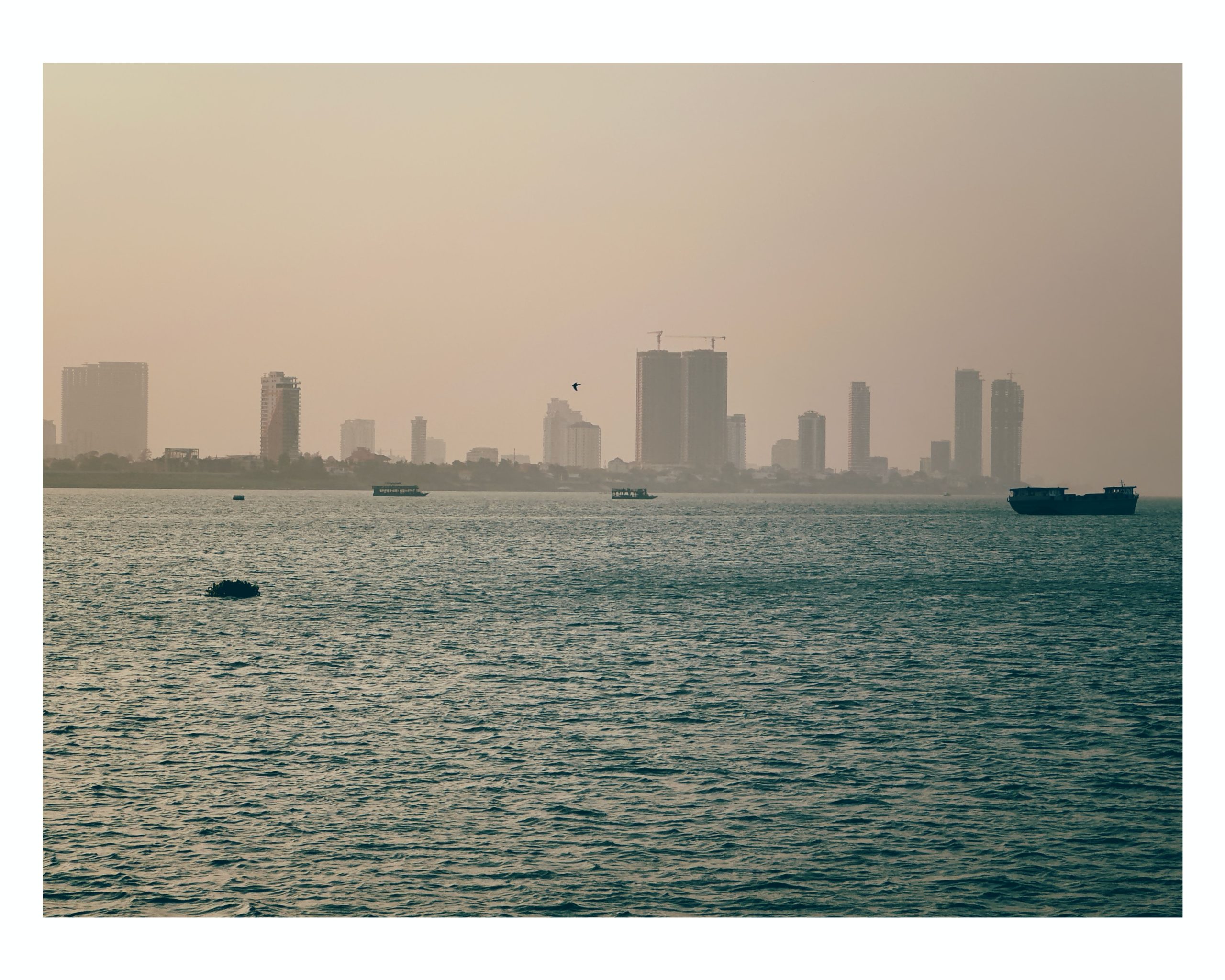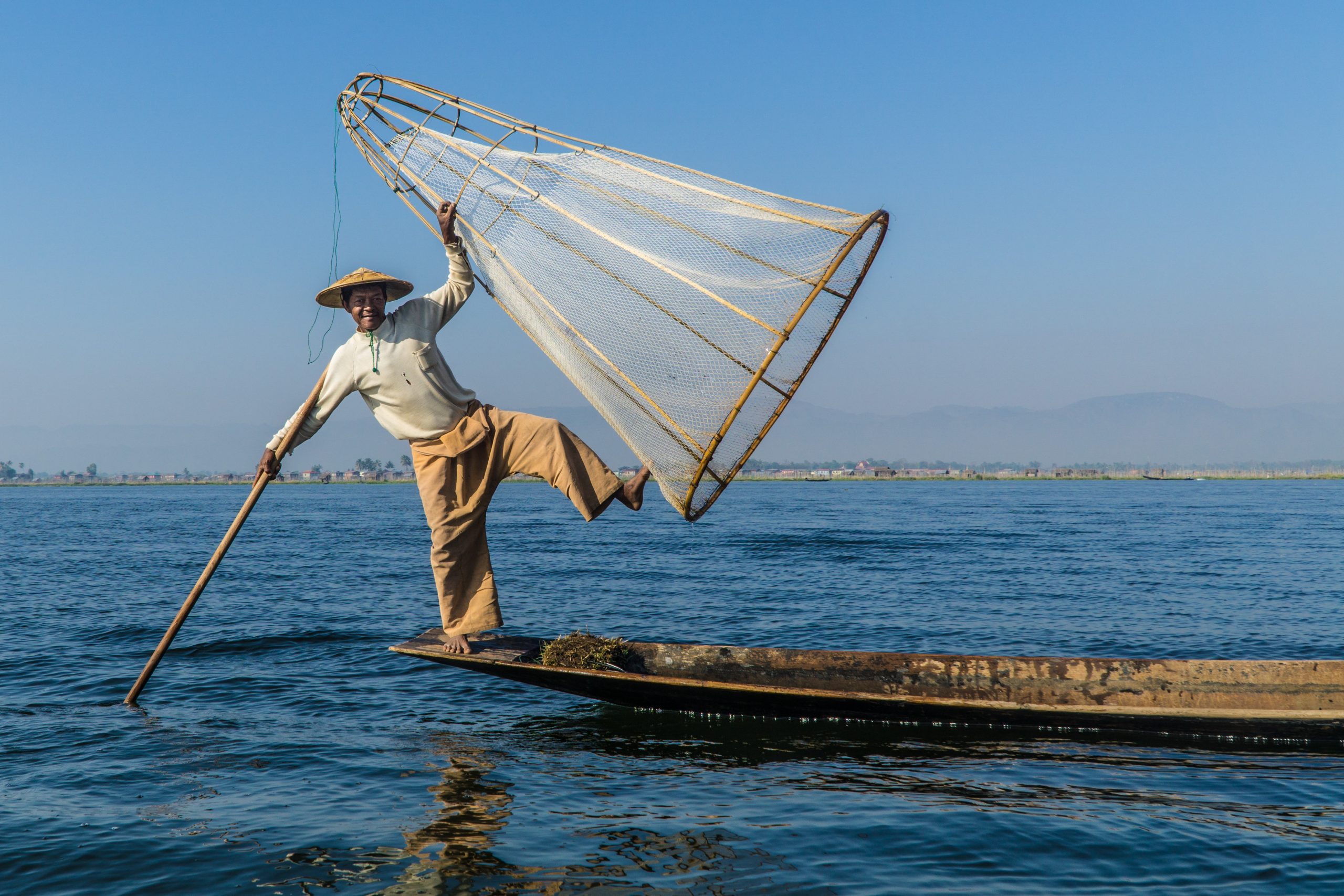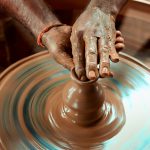Exploring the Enigmatic Tonle Sap Floating Villages
Welcome to Green Sun Travel’s travel blog, where we embark on a journey to one of the most unique and captivating destinations in Southeast Asia – the Tonle Sap Floating Villages. Situated in Cambodia, these vibrant communities offer an unforgettable experience, taking you off the beaten path and into a world where life revolves around the water.
Outside the Tonle Sap Floating Villages: Tonle Sap Lake
Tonle Sap Lake, often referred to as the “Great Lake of Cambodia,” is a natural wonder that lies at the heart of this Southeast Asian nation. It is a vital component of Cambodia’s landscape, culture, and ecology, playing a central role in the lives of the people who call its shores home.
The Largest Freshwater Lake in Southeast Asia: Tonle Sap Lake is renowned for its sheer size. Covering an area of approximately 2,700 square kilometers during the dry season, it earns its place as the largest freshwater lake in Southeast Asia. However, what truly distinguishes this lake is its incredible transformation during the annual wet season.

The Seasonal Reversal of Flow: One of the most remarkable aspects of Tonle Sap Lake is its seasonal reversal of flow. During the dry season, from November to May, the lake drains into the Mekong River through the Tonle Sap River. But as the monsoon rains arrive in Cambodia, the water levels in the Mekong River rise dramatically, causing the Tonle Sap River to reverse its course. Instead of flowing out of the lake, it flows into it.
This unique phenomenon results in the lake swelling to nearly five times its dry-season size. Tonle Sap Lake acts as a natural reservoir, collecting water from the Mekong River and nearby catchment areas. This annual flooding is a lifeline for both the ecosystem and the communities that depend on it.
The Role of Tonle Sap Lake: Tonle Sap Lake serves several critical functions:
- Sustenance for Communities: The lake is a primary source of livelihood for many Cambodians. Fishing is a major industry, providing protein-rich food to the local population and supporting the country’s economy.
- Biodiversity Hotspot: The lake and its surrounding floodplains are home to a diverse range of flora and fauna, including rare and endangered species. During the wet season, it becomes a vital breeding ground for fish, further contributing to its ecological significance.
- Agriculture and Irrigation: The annual flooding of the lake replenishes nearby farmlands with nutrient-rich sediment, ensuring fertile soil for rice cultivation, which is a staple crop in Cambodia.
- Transportation: Tonle Sap Lake has historically served as a crucial transportation route, allowing access to remote villages and facilitating trade.
Adaptation of the Local Khmer People: The local Khmer people have shown remarkable adaptability to the annual changes in water levels. They have built their homes on tall stilts, a practice that has been handed down through generations. These stilted houses not only protect them from flooding but also provide a cooling breeze during the hot season.
Visiting Tonle Sap Lake offers a glimpse into this dynamic ecosystem and the resilience of the communities that thrive alongside it. It’s a place where nature’s rhythms shape human life in profound ways, creating a symbiotic relationship that is both remarkable and essential to Cambodia’s cultural and ecological tapestry.
The Tonle Sap Floating Villages: A Glimpse into Local Life
As we venture deeper into the heart of Tonle Sap Lake, we arrive at the Tonle Sap Floating Villages, where the resilient spirit of the local communities shines amidst the challenges posed by their unique environment.
Chong Khneas: Our first stop on this captivating journey is Chong Khneas, one of the most accessible and frequently visited floating villages. Here, you’ll witness the heartbeat of daily life as it unfolds on the water. The scene is a mesmerizing blend of tradition and adaptation to the ever-changing water levels of the lake.
Local fishermen can be seen casting their nets, their rhythmic movements echoing generations of fishing practices. Children paddle to school in small boats, their colorful uniforms creating a striking contrast against the shimmering lake. Families go about their daily routines in houses that appear to defy gravity, seemingly floating on the water’s surface.
The vibrantly colored floating houses, adorned with intricate details and often painted in vivid hues, create a stunning visual spectacle against the backdrop of the serene lake. The juxtaposition of these vibrant homes with the water’s reflective surface is a photographer’s dream, offering endless opportunities to capture the essence of Chong Khneas.
Kampong Phluk: Our journey continues to Kampong Phluk, a village renowned for its towering stilted houses and lush mangrove forests. As you embark on a boat ride through the village’s narrow waterways, you’ll be transported deep into the heart of this unique ecosystem.
Here, the interconnectedness of the community and nature is palpable. You’ll witness the delicate balance between humans and the environment as you explore the flooded forests, where the towering mangrove trees thrive in the brackish waters. These mangroves are vital not only for the villagers but also for the myriad of species that call this area home, from birds to aquatic life.
The boat journey through Kampong Phluk provides an immersive experience, allowing you to appreciate the ingenious architecture of the stilted houses and gain a deeper understanding of how the villagers have adapted to the seasonal fluctuations of the lake.

Kompong Khleang: Our final destination is Kompong Khleang, the largest of the floating villages. Here, you’ll have the unique opportunity to interact with the local residents, providing insight into their way of life on the water. Engage in conversations with them, savor traditional Khmer cuisine, and hear their stories of challenges and triumphs.
Marvel at the impressive houses on stilts, some of which reach heights of over 30 feet during the dry season. These remarkable structures are a testament to the resourcefulness of the villagers and their ability to adapt to the ever-changing conditions of Tonle Sap Lake.
Responsible Tourism: When visiting these Tonle Sap floating villages, responsible tourism is paramount. To ensure your visit is respectful and beneficial to the local communities, consider the following:
- Respect the Privacy and Culture: Treat the residents with respect, seek their permission before taking photos, and be mindful of their cultural norms and traditions.
- Support Local Businesses: Purchase handmade crafts and products from local artisans to contribute to the local economy.
- Consider Environmental Impact: Be aware of the environmental impact of your visit, including waste disposal. Follow sustainable practices to minimize your footprint.
- Engage with Local Tour Operators: Choose tour operators who have a positive impact on the well-being of the communities they visit.
Conclusion
The Tonle Sap Floating Villages are a remarkable testament to the resilience and adaptability of the Cambodian people. Exploring this unique corner of the world provides a deeper understanding of the intricate relationship between humans and nature. So, if you’re seeking an authentic and eye-opening travel experience, make sure to include the Tonle Sap Floating Villages on your itinerary. Your journey will not only leave you with unforgettable memories but also a profound appreciation for the beauty and diversity of our planet.







